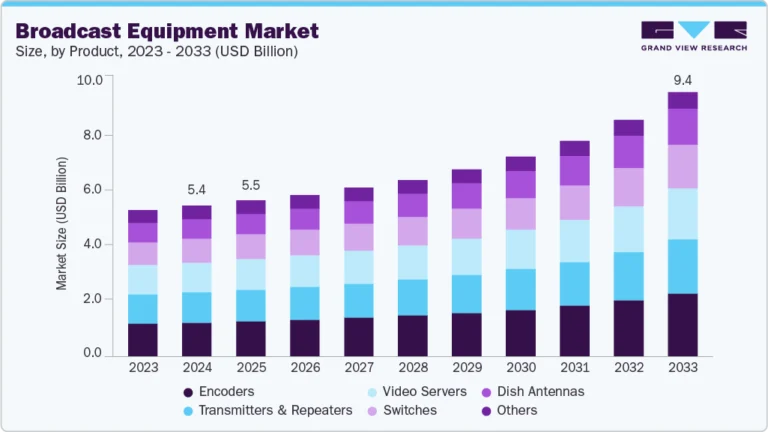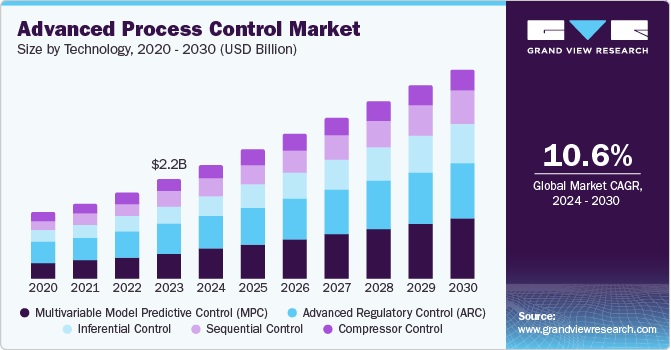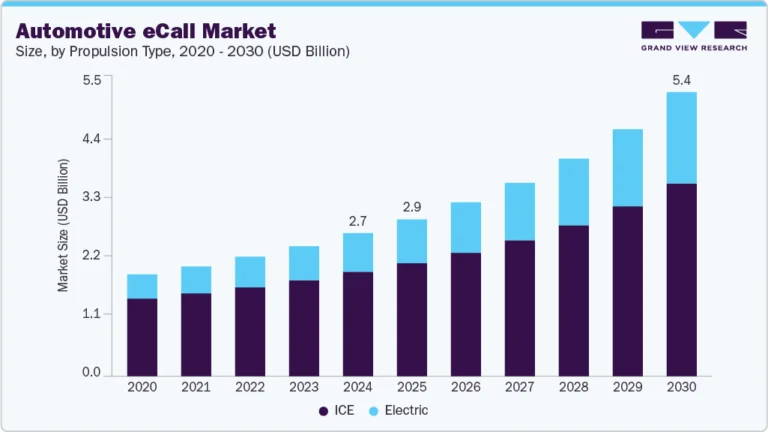Hydrogenated Vegetable Oil Market Size, Share & Trends Analysis growing at a CAGR of 7.3% from 2025 to 2030

The global hydrogenated vegetable oil market size was estimated at USD 35,125.8 million in 2024, and is projected to reach USD 53,282.1 million by 2030, growing at a CAGR of 7.3% from 2025 to 2030. The market is growing rapidly, driven by demand for processed foods, cosmetics, and renewable energy.
Key Market Trends & Insights
- Asia Pacific hydrogenated vegetable oil market dominated the global landscape with a revenue share of 36.2% in 2024.
- China’s hydrogenated vegetable oil market is experiencing significant growth.
- By grade, the unfractionated segment led the market, accounting for the largest revenue share of 45.6% in 2024.
- By end use, the food & beverage segment dominated the market with a revenue share of 53.4% in 2024.
Market Size & Forecast
- 2024 Market Size: USD 35,125.8 Million
- 2030 Projected Market Size: USD 53,282.1 Million
- CAGR (2025-2030): 7.3%
- Asia Pacific: Largest market in 2024
Request a free sample copy or view report summary: https://www.grandviewresearch.com/industry-analysis/hydrogenated-vegetable-oil-market-report/request/rs1
Known for their stability and shelf life, these oils suit diverse industrial uses. Regulatory support for healthier alternatives and technological improvements is further propelling growth. As consumers prioritize health and sustainability, the market is set to expand and adapt accordingly.
The global hydrogenated vegetable oil industry is experiencing robust growth, driven by increasing demand for renewable energy sources and sustainable alternatives to fossil fuels. This growth is further fueled by stringent environmental regulations, government initiatives promoting biofuels, and the transportation sector’s shift towards low-emission fuels. Regions like North America and Europe are leading in their adoption due to supportive policies and infrastructure, while the Asia-Pacific region is emerging as a significant market, driven by rising energy demands and sustainability goals. The market’s expansion reflects a global commitment to reducing carbon emissions and transitioning towards cleaner energy solutions.
Manufacturers typically offer three commercial grades of hydrogenated vegetable oil. Unfractionatedhydrogenated vegetable oil retains the complete triglyceride profile and is sold as a single-ingredient emollient or bulk fat, valued for its naturally long oxidative stability and broad usability in foods and cosmetics. Fractionated hydrogenated vegetable oil is produced by controlled crystallization to isolate stearin or laurin-rich fractions, creating sharper melting curves that suit confectionery coatings and premium fat systems. The “others” segment covers customised blends and co-processed grades for niche functionality such as BASF’s Cegesoft VP stick-base, which combines hydrogenated vegetable oil with additional plant waxes to deliver tailored texture and stability in decorative cosmetics.
Hydrogenated vegetable oils are utilized in various applications due to their stability and extended shelf life. In the food industry, they are used to enhance texture and shelf life of products like margarine and baked goods. In cosmetics, they serve as emollients in products such as bath items, eye makeup, and skin care formulations. They are employed in the pharmaceutical sector as coating agents for hygroscopic drugs, protecting them from moisture and enhancing stability.
Technological advancements in the extraction and purification of hydrogenated vegetable oils are enhancing their quality and cost-effectiveness. Innovations in processing techniques are improving the taste profile and stability of these oils, making them more attractive to manufacturers and consumers. Furthermore, the development of hydrogenated oils with reduced trans-fat content aligns with health-conscious consumer trends and regulatory requirements.
Market Concentration & Characteristics
The global hydrogenated vegetable oil industry shows moderate to high concentration, with a few multinational players such as AAKAB, Wilmar International Ltd, and Bunge controlling a large share of global production and trade. These companies benefit from vertically integrated operations, access to diverse feedstocks, and established partnerships with end-use industries. Their strong R&D capabilities also allow them to lead in the development of low-trans-fat alternatives and specialty grades tailored to evolving consumer and regulatory demands.






